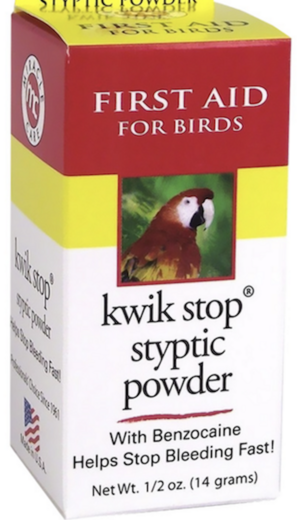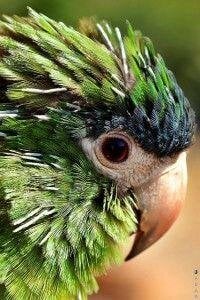- Joined
- Sep 1, 2009
- Messages
- 10,295
We have some basic supplies on hand for our cats and dogs, but I need to build a much more complete first aid kit for them as we are moving. The new house is more than an hour from the nearest emergency vet. The nearest regular vet is 20+ minutes away with limited hours. I have already gotten instructions from our veterinarian on how to induce vomiting safely in the dogs if needed. Will include that in our first aid kit.
What is in your pet first aid kit? What would you see as critical to add if you were a long way from help?
What is in your pet first aid kit? What would you see as critical to add if you were a long way from help?










300x240.png)